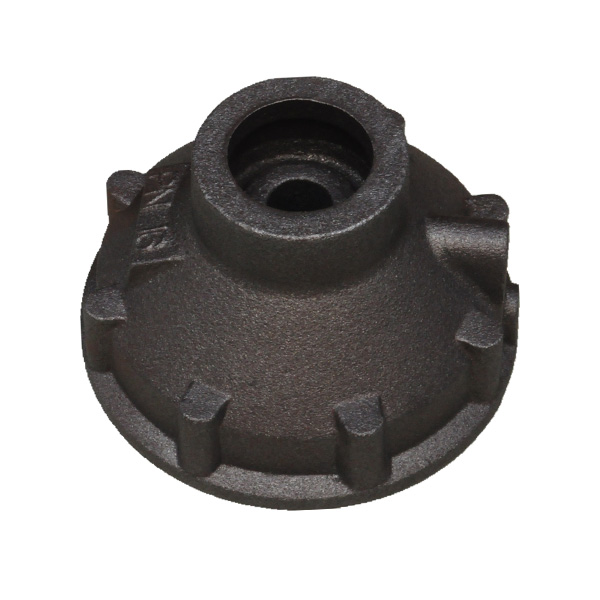Mobile:+86-311-808-126-83
Email:info@ydcastings.com
English
investment casting ball valve
Investment Casting of Ball Valves A Comprehensive Overview
Investment casting, often referred to as lost-wax casting, is a precision manufacturing process that has gained immense popularity in various industries, including the production of ball valves. Ball valves, known for their reliability and efficiency in regulating flow, are essential components in numerous applications ranging from oil and gas to water supply systems. This article delves into the investment casting process for ball valves, exploring its advantages, steps involved, and the implications for the manufacturing industry.
Understanding Investment Casting
Investment casting is a highly accurate metal forming process that begins with creating a wax pattern of the desired part. The pattern is coated with a ceramic material to form a shell, which is then heated to remove the wax, leaving a cavity that replicates the exact shape of the pattern. Molten metal is poured into this cavity, and after cooling and solidification, the ceramic shell is broken away, revealing the finished component.
This method is particularly advantageous for manufacturing complex geometries and intricate designs, which are often required for ball valves. The precise control over dimensions and the smooth finish achieved through investment casting leads to components with superior performance characteristics.
Advantages of Investment Casting for Ball Valves
1. Design Flexibility Investment casting allows for the creation of complex shapes that are often challenging to achieve with traditional casting methods. This flexibility enables manufacturers to design ball valves with intricate features, enhancing their functionality and efficiency.
2. Material Variety The process is compatible with a wide range of materials, including stainless steel, carbon steel, and various alloys. This versatility ensures that manufacturers can select materials that best suit the specific operational requirements of the ball valves, such as corrosion resistance and strength.
3. High Precision and Surface Finish Investment casting is renowned for its ability to produce parts with excellent dimensional accuracy and a smooth surface finish. This is crucial for ball valves, as any imperfections could lead to leaks or flow restrictions, compromising the valve's performance.
4. Reduced Waste The investment casting process is more efficient in terms of material usage compared to other casting techniques. The method generates less scrap, which is a significant advantage in an era where sustainability and cost-effectiveness are paramount.
5. Consistency and Reliability Once a mold is made, producing subsequent parts is streamlined, ensuring high consistency in dimensions and quality. This reliability is crucial in industries where performance and safety are non-negotiable.
investment casting ball valve

The Investment Casting Process for Ball Valves
The investment casting process for ball valves generally involves the following steps
1. Pattern Creation A precise wax pattern of the ball valve is created. This pattern must reflect every detail of the final product.
2. Shell Building The wax pattern is coated with multiple layers of a fine ceramic material to form a shell. Each layer is cured to ensure strength.
3. Wax Removal The shell is heated in an oven to melt and remove the wax, leaving a hollow ceramic shell.
4. Metal Pouring Molten metal is poured into the ceramic shell, filling the cavity left by the wax pattern.
5. Cooling The metal is allowed to cool and solidify.
6. Shell Removal The ceramic shell is broken away, revealing the investment cast ball valve.
7. Finishing Touches The finished valve may require machining or polishing to meet the desired specifications.
Conclusion
Investment casting has revolutionized the manufacturing of ball valves, providing unmatched precision, versatility, and efficiency. As industries continue to evolve and demand higher performance standards for fluid control components, investment casting will undoubtedly play a pivotal role in meeting these challenges. By leveraging the advantages of this innovative casting technique, manufacturers can produce high-quality ball valves that stand the test of time, ensuring safety and reliability in critical applications.











